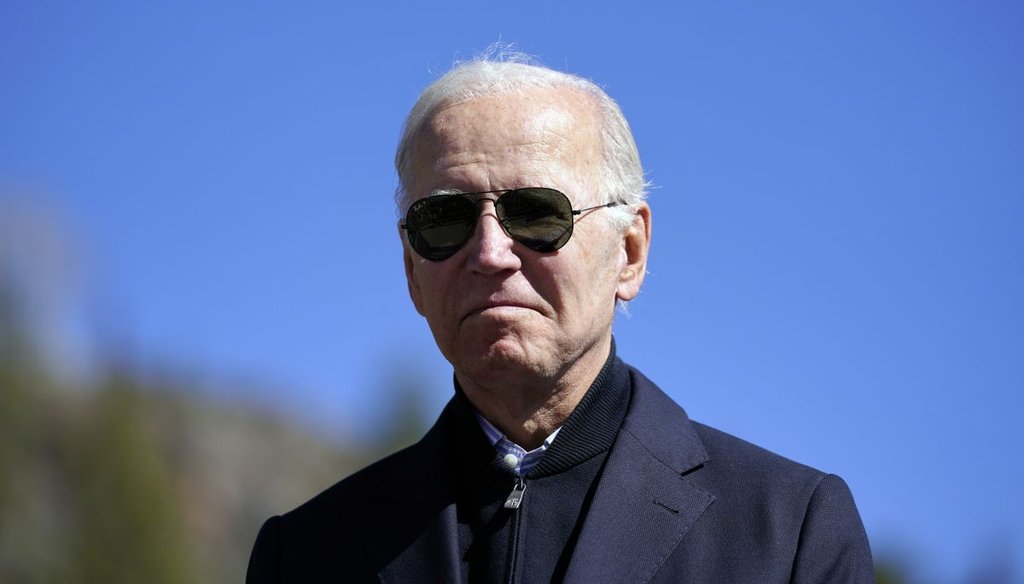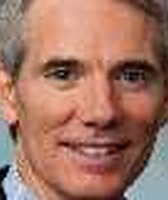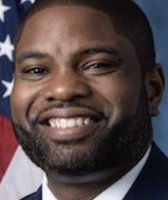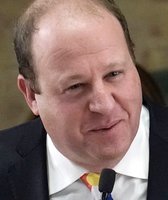Stand up for the facts!
Our only agenda is to publish the truth so you can be an informed participant in democracy.
We need your help.
I would like to contribute

President Joe Biden visits Camp Hale near Leadville, Colo., on Oct. 12, 2022. (AP)
Un-spinning a White House chart on Biden’s job gains
If Your Time is short
• The White House is comparing less than two years under Biden to either four- or eight-year terms for his predecessors. Economists say this puts Biden at an advantage, because most of his predecessors experienced a recession that hampered their job-creation statistics.
• Using a different metric — percentage increase in jobs — Biden ranks third among the last six presidents.
• The White House’s use of the phrase "jobs created by president" is not entirely warranted, either, since presidential policies are not the only factor that shapes job growth.
The White House recently created an Instagram post featuring a chart that touted the scale of job creation under President Joe Biden. Multiple readers asked us to take a closer look at it.
The Oct. 8 post showed a bar graph headlined, "Jobs created by president, average per month." The graph included Biden and the last five presidents: George H.W. Bush, Bill Clinton, George W. Bush, Barack Obama and Donald Trump.
According to the graph, the contest wasn’t close: Biden had created a bit more than 500,000 jobs per month on average, or more than twice the rate of his closest competitor, Clinton.
But economists say the comparison isn’t apples to apples.
Specifically, Biden has served in office for less than two years, while the elder Bush and Trump served for four, and Clinton, the younger Bush and Obama served for eight.
Why does this matter? Because the longer presidents serve in office, the likelier it is they will encounter an economic downturn. And the job losses during economic downturns are what hamper the job-creation averages for presidents.
Biden, for now, hasn’t faced an officially declared recession. By contrast, the elder Bush experienced one in the middle of his term, the younger Bush faced one at both the start and the end of his presidency, Obama entered office with the Great Recession raging, and Trump was in office when the coronavirus pandemic hit, which created a steep, if short-lived, recession.
Only Clinton was lucky enough to avoid a recession. But he served in office for a period more than four times as long as Biden has so far, and the more months one serves, the greater the likelihood that the average job creation number tends to flatten out.
Biden’s strong monthly job-creation averages reflect the economic cycle when he entered office. He was inaugurated in January 2021, as the nation was recovering from the steep and sudden job losses stemming from the pandemic’s onset in 2020. The jobs recovery began under Trump, but because he was out of office only eight months into the recovery, much of the job gains accrued during Biden’s time in the White House.
"This is literally evidence that Biden was handed something on a golden platter," said Douglas Holtz-Eakin, president of the American Action Forum, a center-right think tank. "This recovery from a deep recession would have happened no matter who was president."
The White House did not respond to an inquiry for this article.
Featured Fact-check
Holtz-Eakin also noted that Biden’s chart uses raw numbers of jobs. However, the labor force’s size has grown considerably since George H.W. Bush’s presidency. Thanks to overall population growth, the labor force is now more than one-third larger than it was at the beginning of the elder Bush’s tenure, making the big increases under Biden less meaningful, relatively speaking.
Therefore, a more telling (but still imperfect) measurement is the percentage increase of jobs on a president’s watch. And using this metric, Biden is not the leader.
Using percentage increase, Biden trails his two Democratic predecessors — Clinton, with an almost 21% increase, and Obama, with a bit under 9%. Biden’s increase checks in at 7%.
Another complication for making presidential comparisons like these is that the rate of expansion of the labor force has varied from president to president, said Gary Burtless, an economist at the Brookings Institution, a research and policy center in Washington, D.C.
By this metric, Biden’s record looks a bit better, Burtless said.
The "prime-age population" — essentially, the number of people ages 25 to 54 — grew rapidly during the elder Bush’s four years in office and Clinton’s eight. But this growth has slowed under subsequent presidents, including Biden. And not benefiting from a turbocharged population increase makes the increase on Biden’s watch impressive, Burtless said.
"Recent administrations — including Obama’s and Trump’s as well as Biden’s — have faced this headwind," he said.
Finally, the White House’s framing in the Instagram post — that these jobs were "created by (the) president" — is an exaggeration. Although presidential policy can affect the economy, such as improvement in the fight against the coronavirus partly because of Biden’s policies, many other factors beyond a president’s control can have an effect, too, including the health of the global economy and improvements in technology.
Biden’s administration said in an Instagram post that he has "created" more than double the number of jobs per month, on average, of any president going back to the elder Bush.
The chart accurately uses raw numbers, but the comparison is less than meets the eye.
The claim relies on less than two years under Biden to either four- or eight-year terms for his predecessors. Economists say this puts Biden at an advantage, because most of his predecessors experienced a recession, which hampered their tenure-long job-creation averages.
Meanwhile, using a different metric — percentage increase — Biden ranks third among the last six presidents. And the White House’s use of the word "created" in reference to jobs is not entirely warranted, because presidential policies are not the only factor shaping job growth.
The statement is partially accurate but leaves out important context, so we rate it Half True.
Our Sources
White House, Instagram post, Oct. 8, 2022
Federal Reserve Bank of St. Louis, All Employees, Total Nonfarm, accessed Oct. 12, 2022
Federal Reserve Bank of St. Louis, Civilian Labor Force Level, accessed Oct. 12, 2022
Email interview with Gary Burtless, senior fellow with the Brookings Institution, Oct. 12, 2022
Interview with Douglas Holtz-Eakin, president of the American Action Forum, Oct. 12, 2022
Browse the Truth-O-Meter
More by Louis Jacobson
Un-spinning a White House chart on Biden’s job gains
Support independent fact-checking.
Become a member!
In a world of wild talk and fake news, help us stand up for the facts.






































